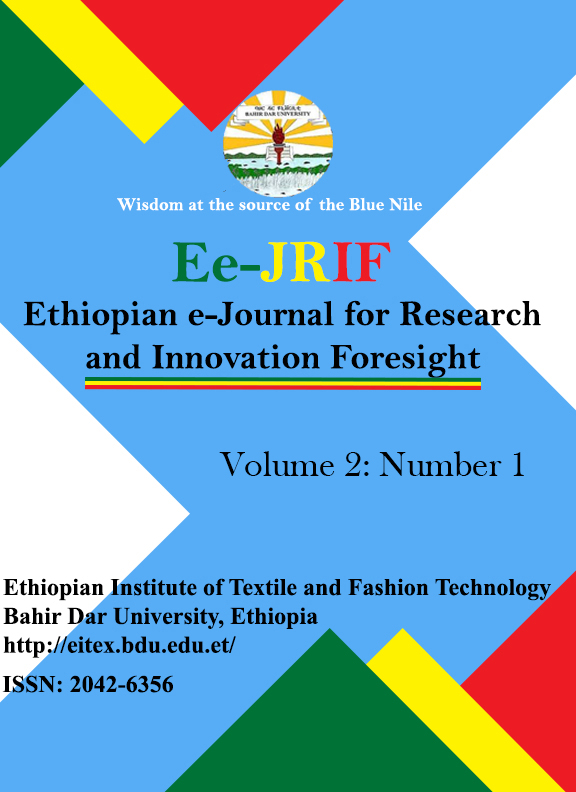Child Health Outcomes in Ethiopia: Nationally Consistent or Yielding Evidence of Regional, Religious, and Ethnic Inequity
Abstract
The EPRDF ruling party in Ethiopia has come under much scrutiny for its governance through
“ethnic federalism†following its coming to power in 1991. Its leadership has been seen by many
as a mask for a highly centralized system that focuses much of the country’s resources to Tigray
State – the home state of many within the EPRDF. In order to test the argument of unequal
resource distribution, child health across demographic groupings was measured to determine if a
disparity actually exists. Using the Demographic and Health Surveys’ 2005 survey in Ethiopia
(EDHS), six health productions functions (two national and four local – for SNNPR, Oromiya,
Amhara, and Tigray States) were estimated by using common health variables as well as
variables for region, religion, and ethnicity. These models seek to identify the major
determinants of health for Ethiopian children under six years of age through their height-for-age
z-scores (HAZs), and if this health score is nationally consistent. The results confirmed that for
the most part, child health was generally poor throughout the country. Many of the expected
determinants of health also held true, particularly mother’s size, which was most correlated with
a child’s health. In terms of region, religion, and ethnicity, the results somewhat contradicted the
literature: the children of Tigray State had health almost identical to the Ethiopian average and
the children of a number of other states unexpectedly had better health, such as was the case in
Oromiya State. However, Amhara State’s children had some of the worst health in this analysis.
The regression results identified significant impacts on health because of region, especially in
Amhara State where HAZs sharply decreased due to residency, but religion and ethnicity usually
yielded insignificant impacts. The quantitative analysis measuring the determinants and potential
disparities in health offered by this work should be added to the existing literature as a starting
point in creating future health policy since it measures how and where inequities in health, and
therefore living standards, likely exist rather than assuming what the sources of predicted
inequities are.
Copyright (c) 2010 Ethiopian e-Journal for Research and Innovation Foresight (Ee-JRIF)

This work is licensed under a Creative Commons Attribution-NonCommercial 4.0 International License.

